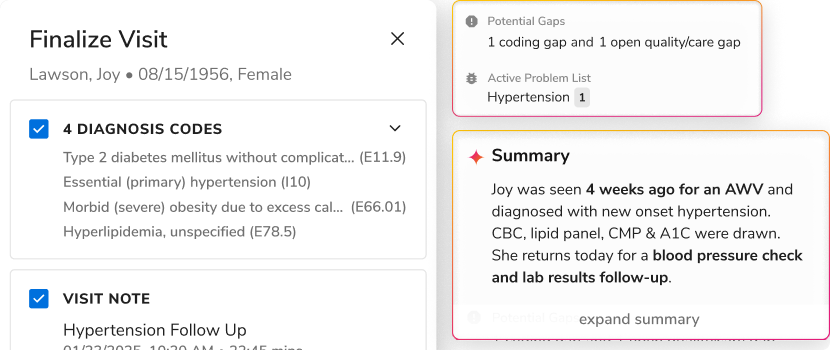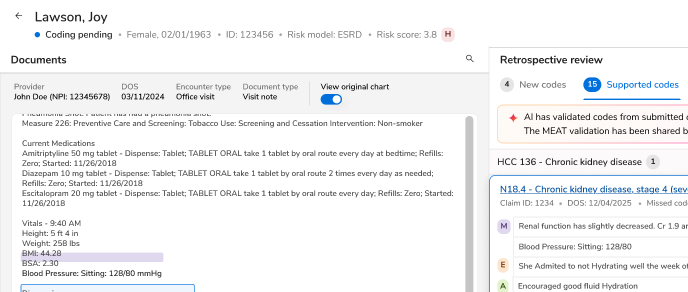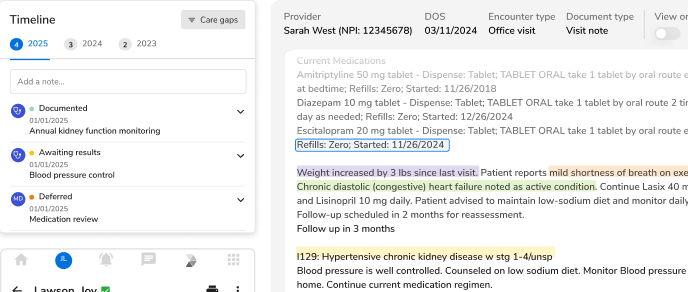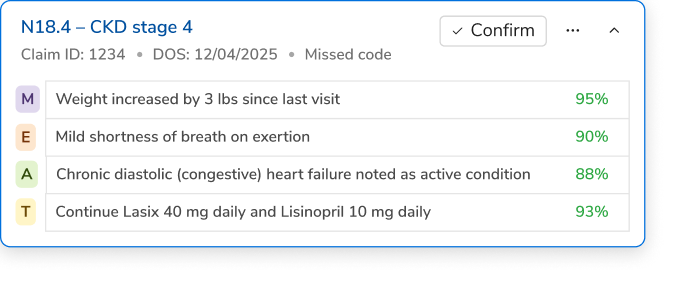Transforming Oncology: The Shift to Value-Based Care [Part 2/2]

.png)
In my last article, we uncovered the rising costs, fragmented care, and financial strain defining today’s cancer treatment - and how “value” varies for patients, providers, systems, and payers. Missed that conversation? Check out Part 1 here.
In Part 2, we’ll explore how leading practices are making value-based oncology real - through redesigned care journeys, smarter data use, integrated teams, and modern payment models. Because advancing cancer care isn’t just about breakthroughs in treatment - it’s about building systems that truly support the people they’re meant to help.
How to Achieve Value-based Care: Reimagining Patient Care Journeys
Cancer doesn't neatly follow organizational charts or benefit designs. So why should our care models? Creating truly value-based oncology means we need to reimagine the entire patient journey, from first screening through treatment and beyond, with a laser focus on what matters to patients while dealing with the economic realities we all face.
Redefining Success Metrics
Before we can fix cancer care, we need to agree on what "better" actually looks like. Sure, progression-free survival matters, but it's just one piece of the puzzle. We need a more complete picture:
- What patients tell us directly: Are they managing symptoms? Can they still do the things that matter to them?
- The experience stuff: Does the patient feel heard? Do they understand what's happening and why?
- Resource smart: Are we avoiding those midnight ER visits and tests that just duplicate what's already been done?
- Money matters: Can patients actually afford their treatment? And financial worries are not making them skip medications
I was visiting a practice in the Midwest last month that added one simple question to every patient visit: "What matters most to you right now?" Game-changer. One patient prioritized pain control while another was focused on staying mentally sharp for work. These preferences should help care managers develop a patient-centric care plan just as much as clinical guidelines.
1. Data Revolution: From Information Overload to Actual Insight
Cancer patients generate fragmented data across various systems, making care coordination difficult. Leading practices unify this data - clinical notes, claims, social factors, and patient inputs - into a single record to improve treatment. With integrated insights, providers spot gaps, such as missed meds, and act swiftly. Predictive analytics further enhances care by flagging patients at risk of ER visits, financial hardship, or worsening side effects, enabling proactive interventions that prevent emergencies and improve outcomes.
2. Reimagining the Cancer Care Team
Cancer care doesn’t happen in isolation - patients often manage other conditions like diabetes or depression. Leading models integrate oncology with primary and specialty care, using approaches like embedded PCPs to ensure seamless coordination. Beyond oncologists, a “surround sound” care team includes nurse navigators, pharmacists, social workers, palliative care, nutritionists, and rehab therapists. This holistic support system addresses medical and non-medical needs, improving outcomes and reducing patient burden.
3. Technology as the Enabler
Technology empowers both patients and providers in cancer care. Digital tools like symptom-tracking apps, secure messaging, and tailored resources keep patients supported between visits and reduce ER trips. For providers, smart systems streamline workflows by pulling data from EHRs, surfacing trial options, guiding evidence-based care, and easing prior authorizations - freeing up time to focus on patients, not paperwork.
The whole point is giving time back to clinicians so they can focus on patients, not paperwork. One oncologist told me, "I went to medical school to treat cancer, not to fill out forms."
4. Payment Models That Work
Value-based oncology payment models are evolving. Lessons from the Oncology Care Model (OCM) highlight the importance of care coordination, hospital avoidance, end-of-life planning, and data-driven decisions. The newer Enhancing Oncology Model (EOM) improves on these with better targeting and financial structures. Forward-looking practices are also partnering directly with payers, self-insured employers, and risk-bearing entities (ACOs, CINs, etc.), using innovative approaches like episode-based payments, partial capitation, drug-specific risk sharing, and outcomes-based contracts. The goal is to align financial incentives with better care - without penalizing providers for treating complex cases.
5. Implementation Roadmap
Implementing value-based oncology care starts with assessing organizational readiness - data capabilities, staffing, physician buy-in, and financial risk tolerance. Based on this, organizations can enter gradually, such as starting with upside-only risk or targeting specific cancers. A phased approach works best: first, build strong data and navigation systems; then, transform clinical care with standard practices and proactive symptom management; next, align financial models; and finally, scale risk-taking as confidence grows. Step-by-step change ensures sustainable, meaningful transformation.
To Conclude
Cancer care is at a crossroads. The scientific possibilities have never been greater, but turning potential into reality depends on fundamentally reimagining how we organize, deliver, and pay for care.
For those of us working in oncology, this isn't just business - it's personal. Every improvement in coordination, every reduction in financial toxicity, every enhancement in patient experience means someone's mother, father, child, or friend receives better care during one of life's toughest journeys.
The shift to value-based oncology won't be easy. It means rethinking deeply ingrained workflows, business models, and even professional identities. But I've seen practices across the country prove that when we align incentives around what truly matters to patients, amazing things happen.
The question isn't whether oncology will change - it's whether we'll shape that change intentionally. I'm betting we will.
I'd love to continue the conversation. Drop me a line on LinkedIn or talk to our experts to share your experiences and ideas.

.png)





.png)









.svg)
.svg)

.svg)

